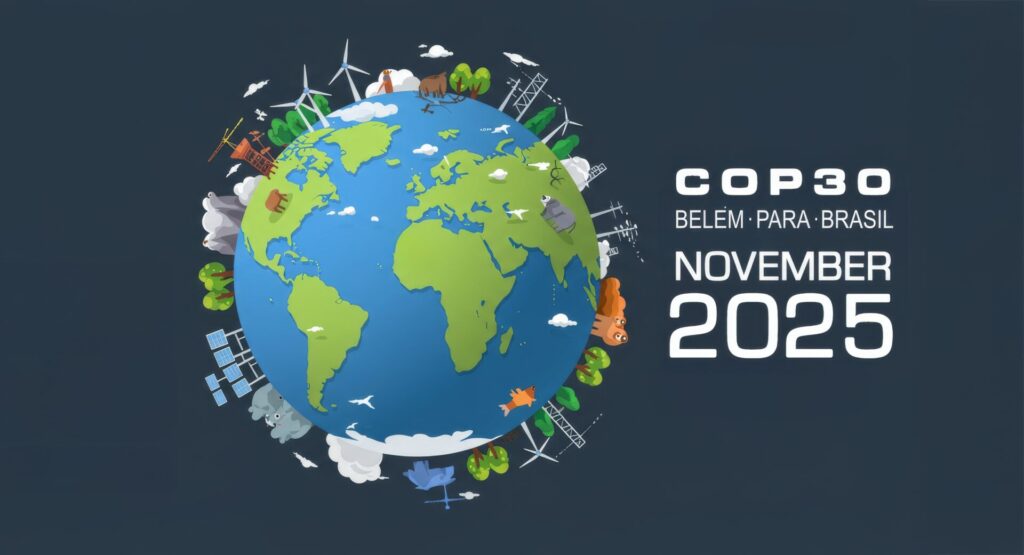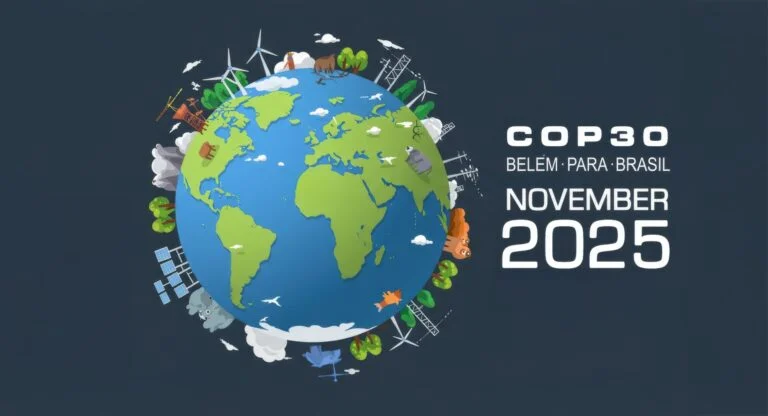Day 9 of COP30 in Belém marked a shift from technical discussions to more politically charged negotiations. With ministers arriving,...
Read More- Industry Updates
COP30 Day 9 Summary: Tuesday 18th November 2025
-
 Kate McCann
Kate McCann
- 3 minute read

Ministers Unite Behind Fossil Fuel Roadmap
Youth And Civil Society Demand Faster, Fairer Action
Human Rights, Protests And Indigenous Access Under Scrutiny
New Clean-Energy Agreement In The Amazon Region
Catch Up On Other COP30 Updates

COP30 Day 9 Summary: Tuesday 18th November 2025
Day 9 of COP30 in Belém marked a shift from technical discussions to more politically charged negotiations. With ministers arriving,

COP30 Day 8 Summary: Monday 17th November 2025
Day 8 of COP30 in Belém marked an important turning point in the summit. By this stage, delegates had moved

COP30 Weekend Summary: 14th-15th November 2025
This weekend at COP30 in Belém was packed with major announcements, powerful protests, and growing pressure on world leaders to

COP30 Day 4 Summary: Thursday 13th November 2025
Day 4 of COP30 in Belém opened against a backdrop of strong expectations and mounting tension. The summit’s focus shifted

COP30 Day 3 Summary: Wednesday 12th November 2025
Day 3 of COP30 in Belém included a striking display. More than two hundred boats carrying thousands of Indigenous leaders,

COP30 Day 2 Summary: Tuesday 11th November 2025
As COP30 continued in Belém, Brazil, Day 2 brought a mix of disruption, debate, and growing calls for action on

COP30 Day 1 Summary: Monday 10th November 2025
The 30th Conference of the Parties (COP30) opened in Belém, Brazil, marking the start of two weeks of negotiations on


